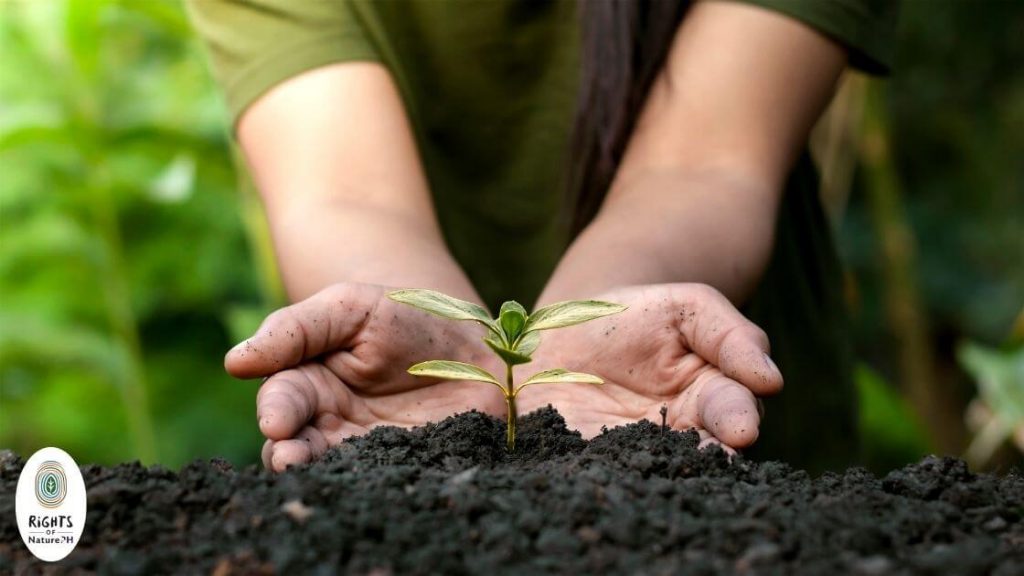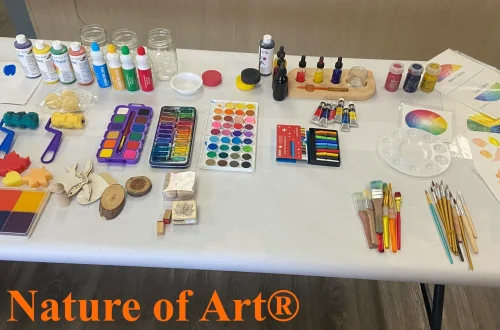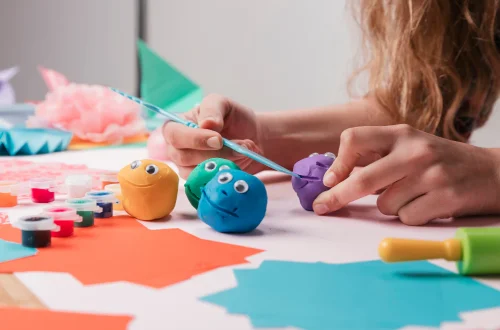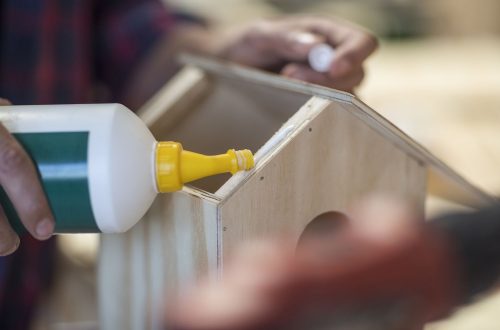In a world of constant change and fleeting moments, the desire to preserve special items that hold sentimental value or natural beauty is deeply human. Whether it’s a child’s first lost tooth, a bouquet of wedding flowers, or autumn leaves that capture the essence of seasonal change, these treasures connect us to important memories and the natural world around us. While commercial preservation methods exist, many involve chemicals that can be harmful to health or the environment, and they often fail to maintain the authentic beauty and texture of natural items.
Natural preservation techniques offer a gentle, eco-friendly alternative that maintains the integrity of special items while ensuring they can be safely displayed and enjoyed for years to come. These time-honored methods, passed down through generations, utilize the natural properties of materials and environmental conditions to halt the decay process without compromising the aesthetic qualities that make these items special. By understanding and applying these techniques, you can create lasting mementos that preserve both the physical form and emotional significance of treasured objects.
The Art and Importance of Preservation
Preserving special items serves multiple meaningful purposes beyond simple collection:
Cultural and Personal Significance
Preserved items serve as tangible links to important life events and cultural traditions:
- Memory Anchors: Physical objects help maintain vivid recollections of important moments and experiences
- Cultural Heritage: Preserving traditional items maintains connections to ancestral practices and customs
- Generational Continuity: Passed-down preserved items create bridges between family generations
- Storytelling Tools: Physical mementos enhance the narrative quality of personal and family histories
Scientific and Educational Value
Beyond sentiment, preserved items offer learning opportunities:
- Natural History: Preserved botanical specimens contribute to understanding biodiversity and seasonal changes
- Scientific Observation: Long-term preservation allows for comparison and study over time
- Artistic Reference: Preserved items serve as inspiration and reference material for creative projects
- Environmental Awareness: Collections raise consciousness about seasonal cycles and natural beauty
Method 1: Pressing Leaves & Flowers
Pressing is one of the oldest and most accessible methods for preserving botanical specimens:
Traditional Pressing Technique
- Plant specimens (leaves, flowers, ferns)
- Blotting paper or parchment paper
- Pressing board or heavy book
- Additional weight (books, bricks)
- Optional: Flower press or frame
- Select Specimens: Choose fresh, undamaged leaves or flowers ideally collected in the morning after dew has dried
- Prepare Materials: Cut blotting paper or parchment paper to fit inside your pressing system
- Arrange Specimens: Place each specimen between two sheets of absorbent paper, positioning carefully to display desired view
- Layer in Press: Place the prepared specimens in your press or between the pages of a heavy book, ensuring even distribution
- Apply Pressure: Add weight to create consistent pressure. For a book press, stack additional books on top
- Maintain Conditions: Check and replace damp paper every few days. Keep the press in a dry location away from direct sunlight
- Wait for Completion: Allow 2-6 weeks for complete drying, depending on specimen thickness and ambient conditions
Pressing Tips for Best Results
- Press specimens as soon as possible after collecting for maximum color retention
- Use multiple thin layers of absorbent paper for better moisture absorption
- Avoid overlapping specimens to prevent sticking together
- Label each specimen with collection date and location for future reference
- Apply consistent pressure but avoid crushing delicate structures
Method 2: Wax Paper Ironing Technique
For those seeking to preserve the vibrant colors of autumn leaves while maintaining some dimensionality, the wax paper ironing method offers excellent results:
Wax Paper Ironing Process
- Fresh autumn leaves (preferably recently fallen)
- 2 pieces of wax paper per leaf
- Cotton cloth or paper towel
- Iron set to low or medium heat
- Protective surface (wooden board or ironing board)
- Select Leaves: Choose leaves that are intact with vibrant colors but not overly dry or brittle
- Prepare Setup: Place one piece of wax paper on your protective surface. Position the leaf on top
- Cover Leaf: Place the second piece of wax paper over the leaf, creating a “sandwich”
- Protect Further: Cover with a thin cotton cloth or paper towel to protect the wax paper from direct iron contact
- Iron Gently: Using low to medium heat, press the iron over the cloth in slow, steady motions for 20-30 seconds
- Check Progress: Carefully lift the cloth and top wax paper to check if the leaf is sufficiently preserved
- Repeat if Needed: If the leaf isn’t fully preserved, reassemble and iron for another 10-15 seconds
- Cool and Store: Allow to cool completely before handling. Store between sheets of paper to prevent sticking
Alternative Preservation Methods
Beyond pressing and ironing, several other techniques can preserve botanical materials with varying results:
Microwave Drying
For rapid preservation with minimal equipment:
- Place specimens between absorbent paper in a microwave-safe container
- Microwave on low power in 30-second intervals, checking between each
- Continue until specimens are completely dry and crisp
- Allow to cool before handling to prevent breakage
Silica Gel Preservation
For three-dimensional preservation that maintains color and form:
- Completely bury specimens in silica gel in an airtight container
- Leave for 1-2 weeks in a dry location
- Carefully remove and brush off excess gel
- Store in airtight containers with additional desiccant
Glycerin Preservation
For maintaining flexibility and some natural appearance:
- Mix one part glycerin with two parts water
- Submerge specimens in the solution for several days
- Remove and allow excess solution to drip off
- Store in airtight containers away from direct light
Display Ideas for Preserved Botanicals
Once preserved, botanical specimens offer numerous creative display and application possibilities:
Framed Displays
- Individual Specimens: Showcase single leaves or flowers in simple frames for elegant wall art
- Thematic Collections: Arrange specimens by color, type, or collection location in shadow boxes
- Seasonal Rotations: Create displays that change with the seasons using appropriate specimens
- Educational Displays: Label specimens with their names and collection information for teaching purposes
Craft Applications
- Greeting Cards: Attach small specimens to handmade cards for personalized correspondence
- Bookmarks: Laminate or seal specimens between transparent materials for functional keepsakes
- Jewelry: Incorporate tiny specimens into resin pendants or brooches
- Decorative Accents: Use specimens in scrapbooks, journals, or mixed media art projects
Functional Decor
- Coasters: Seal pressed specimens between resin or laminated sheets for unique coasters
- Place Cards: Create elegant place settings for special occasions
- Seasonal Ornaments: Incorporate specimens into wreaths, garlands, or tree decorations
- Gift Tags: Personalize presents with botanical elements that reflect the season or recipient’s interests
Best Practices for Collection and Preparation
Successful preservation begins long before the actual preservation process:
Collection Guidelines
- Ethical Collection: Only collect from areas where it’s permitted and avoid rare or protected species
- Timing: Collect in the morning after dew has dried but before the day becomes too hot
- Selection: Choose specimens that are free from damage, disease, or insect activity
- Variety: Collect multiple examples of the same species to ensure successful preservation
Pre-Treatment Preparation
- Cleaning: Gently remove dirt and debris with a soft brush or damp cloth
- Arrangement: Position specimens attractively before preservation to minimize adjustment needs
- Size Considerations: Trim very large specimens to manageable sizes if needed
- Documentation: Record collection details for future reference or educational purposes
Troubleshooting Common Issues
Even experienced preservers encounter challenges. Here’s how to address common problems:
Color Fading
- Prevention: Preserve specimens immediately after collection and store away from light
- Causes: Exposure to UV light, excessive heat, or prolonged moisture
- Solutions: Use UV-protective storage materials and maintain consistent, cool storage conditions
Mold and Mildew
- Prevention: Ensure specimens are completely dry before storage and maintain dry conditions
- Causes: Insufficient drying time, high humidity, or inadequate air circulation
- Solutions: Increase ventilation, replace absorbent materials more frequently, or use desiccants
Brittleness and Breakage
- Prevention: Handle specimens gently and store in protective enclosures
- Causes: Over-drying, rough handling, or inadequate storage support
- Solutions: Use backing materials for support and handle with care during display changes
Advanced Techniques and Specialized Applications
For those seeking to expand their preservation skills:
Professional Mounting
- Use archival-quality materials to prevent long-term deterioration
- Apply specimens with reversible adhesives for conservation standards
- Create detailed labels with taxonomic information for educational value
- Store in climate-controlled environments for museum-quality preservation
Artistic Enhancement
- Combine preserved specimens with other media for mixed-media artworks
- Experiment with layering techniques to create depth and dimension
- Use specimens as texture elements in larger artistic compositions
- Incorporate lighting effects to highlight preserved details
Seasonal Considerations
Different seasons offer unique preservation opportunities and challenges:
Spring and Summer
- Opportunities: Abundant fresh flowers and tender leaves with vibrant colors
- Challenges: High humidity can complicate drying processes
- Best Practices: Work in air-conditioned spaces and change absorbent materials frequently
Fall
- Opportunities: Spectacular autumn colors and interesting leaf shapes
- Challenges: Leaves may be brittle and prone to breakage
- Best Practices: Handle specimens gently and preserve immediately after collection
Winter
- Opportunities: Unique seed pods, bark patterns, and winter berries
- Challenges: Limited fresh botanical material available
- Best Practices: Focus on collecting interesting structural elements and dried materials
Environmental and Educational Benefits
Botanical preservation offers advantages beyond aesthetic enjoyment:
Environmental Awareness
- Encourages closer observation of local plant life and seasonal changes
- Promotes understanding of plant biology and natural cycles
- Supports conservation awareness by fostering appreciation for natural beauty
- Reduces the need for commercially harvested decorative materials
Educational Applications
- Creates hands-on learning experiences about plant structure and function
- Provides reference materials for botanical identification and study
- Develops observational skills and attention to detail
- Integrates art, science, and seasonal awareness in educational settings
Storage and Longevity
Proper storage ensures that preserved specimens maintain their quality over time:
Optimal Storage Conditions
- Environment: Cool, dry locations away from direct sunlight and temperature fluctuations
- Containers: Acid-free boxes or archival-quality portfolios with proper ventilation
- Protection: Individual sleeves or interleaving papers to prevent damage from handling
- Monitoring: Regular inspection for signs of deterioration or pest activity
Long-Term Care
- Rotate displayed specimens periodically to minimize light exposure
- Replace storage materials as they age or show signs of deterioration
- Maintain consistent environmental conditions to prevent expansion and contraction
- Document any changes in specimen condition for conservation purposes
Beyond Botanicals: Preserving Other Special Items
Natural preservation techniques extend beyond plant materials to other meaningful objects:
Paper Memorabilia
- Letters and Documents: Preserve with acid-free materials and controlled humidity
- Children’s Artwork: Scan for digital backup and store originals in protective sleeves
- Tickets and Programs: Flatten between heavy books and store in archival boxes
Textile Treasures
- Special Clothing: Clean thoroughly and store in breathable cotton bags away from light
- Quilts and Blankets: Fold with acid-free paper between layers to prevent creasing
- Lace and Delicate Fabrics: Wrap in tissue and store flat or rolled around acid-free tubes
Digital Preservation
Modern technology offers additional ways to preserve memories and special items:
Photographic Documentation
- Create high-resolution photographs of preserved items for digital archives
- Use proper lighting and neutral backgrounds for consistent documentation
- Store digital files in multiple locations to prevent data loss
- Include metadata with dates, descriptions, and contextual information
Scanning and Digitization
- Scan documents and flat items at high resolution for detailed preservation
- Use appropriate settings for different materials (photographs, documents, textiles)
- Store digital copies in archival formats that maintain quality over time
- Create both high-resolution masters and compressed versions for everyday use
Preservation Ethics and Sustainability
Responsible preservation considers both environmental impact and ethical implications:
Sustainable Practices
- Collect only what is abundant and avoid over-harvesting from any single location
- Choose renewable materials for preservation supplies when possible
- Reuse and repurpose containers and storage materials
- Share knowledge and specimens with others to maximize educational value
Ethical Considerations
- Respect private property and obtain permission before collecting on others’ land
- Avoid collecting in protected natural areas or during sensitive seasons
- Consider the cultural significance of items before collecting or displaying them
- Share preservation knowledge to promote wider appreciation of natural beauty
Conclusion: The Meaningful Art of Conservation
The practice of preserving special items connects us to the fundamental human desire to capture and maintain beauty, meaning, and memory in an ever-changing world. Whether we’re carefully pressing a child’s first flower or safeguarding family documents for future generations, these acts of conservation represent investments in the continuity of our personal and cultural stories.
Natural preservation techniques offer a gentle, respectful approach to this endeavor that honors both the items themselves and the environments from which they came. By using time-tested methods that work with natural processes rather than against them, we can maintain the authentic character of special items while ensuring they remain accessible for years to come. These techniques also provide opportunities to deepen our connection to the natural world through careful observation and mindful collection practices.
The skills involved in preservation—patience, attention to detail, and respect for materials—extend far beyond the immediate task at hand. They cultivate virtues that enhance our approach to all aspects of life, encouraging us to slow down, observe carefully, and value the unique qualities that make each item special. In our fast-paced digital age, the deliberate practice of physical preservation offers a counterbalance that grounds us in tangible, sensory experiences.
As you develop your preservation skills and build collections of meaningful items, remember that the ultimate goal is not mere acquisition or hoarding, but thoughtful curation that enhances understanding and appreciation. Each preserved item becomes part of a larger narrative about your values, experiences, and connections to the world around you. These collections serve as personal museums that tell the story of what matters most to you.
Most importantly, the practice of preservation reminds us that beauty and meaning are often fleeting, making the effort to maintain them an act of love and respect. Whether for nature, family, or personal milestones, the time invested in careful preservation is ultimately an investment in the continuation of what matters most. Through these practices, we participate in an ancient human tradition that seeks to capture light and hold it, if only for a little while longer, in the spaces we cherish.





